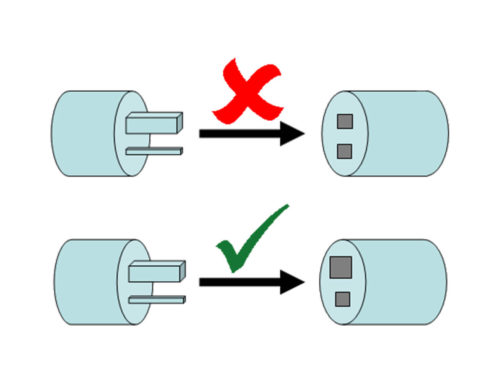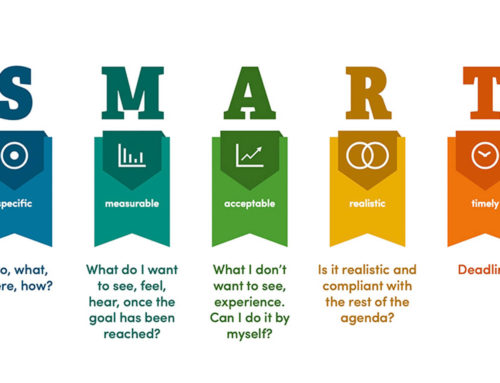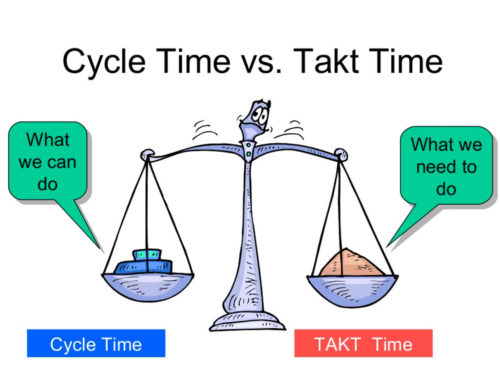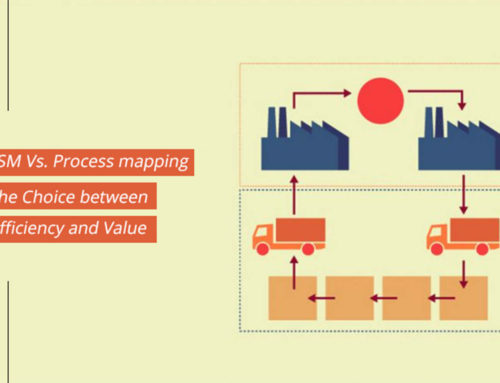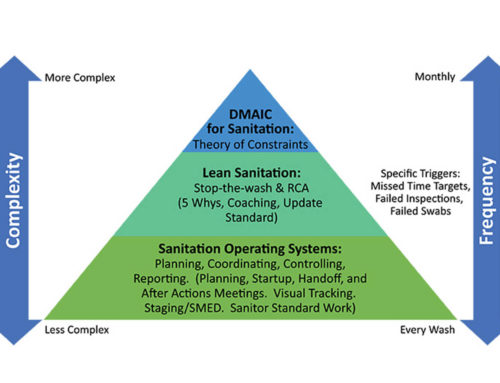Food factories bear the responsibility to produce food that should reach to the consumer group, safely. Provision of hygienic food to consumers requires good hygiene practices throughout the food processing chain. For that purpose, the first concern for food production plants is the design of the food facility. The design should comply with hygiene standards. Compliance is crucial.
Specifically, the design of a hygienic food factory is related to the protection of the raw materials, intermediate products, and finished products from the processing environment. Security could be attained by setting barriers between food processing and non-food processing areas (cleaning rooms, lockers, etc.) or by preventing the exposure of food during processing with the different ingredients, untreated materials, intermediate products, or packaged products.
Based on the likelihood of cross-contamination, food factories divide the areas through risk assessment. Among these areas, one area is an extremely controlled area that is the high hygiene zone or high-risk area. The design of the high hygiene zone is more critical as there are possible chances of contamination in this zone. Most people get confused between high hygiene and high care zone.
Let us see the main difference between them, and then we will move towards the steps that should be taken into consideration while designing a high hygiene zone to realise the standards of hygiene.
High care versus High hygiene zones
Different types of food and beverage industries opt for different zoning solutions. High care zone and high hygiene zone — both zones are controlled areas, but the difference is that high care zone is where the product has been decontaminated through washing, or cleaning, we can say 2 log reduction. On the other hand, high hygiene zone is the critical area where the product is treated to reduce the microbial count by 6 logs. For example, pasteurization of milk, juices, or canning process in ready to eat processed foods.
As the vagueness between high hygiene and high care is clear now. Let us head towards the main design.
So, to prevent contamination in the high hygiene zone, a few steps must be taken into consideration while designing the area. But before that, let us know some primary requirements for high-risk zones to meet the hygiene standards.
Requirements
The primary conditions are as follows,
The design of a High hygiene area must accommodate:
- The processing equipment
- Trained staff to operate the machines
- Processed food
- Primary Packaging materials
- Finished products
These are the primary requirements to design a high hygiene zone in the food factory.
Now, let us thoroughly understand the steps that should be taken to design a high hygiene zone according to the primary requirements.
Steps to design high hygiene zones in food factories
Physical separation
There should be a physical barrier between low risk, medium risk, and high-risk areas to mitigate the risk of cross-contamination. Physical barriers mean walls, doors, floors, air, etc. So, physical separation is the first step to design a food facility as per the hygiene zone concept.
Entrance/exit of staff from low risk to high risk
The team should service a particular zone. The employees of the raw material processing area should not enter the finished product area nor mingle with the employees of that area. Even though the entrance and exit points of employees of both regions should be separately designed. Their locker rooms, cleaning rooms, and washrooms must be confined to the designated area — low risk or high risk. Proper training of staff can attain compliance to ensure food safety and hygiene.
The flow of food from low risk to high risk
The flow of food from low risk to high risk should be through appropriate transfer points, and in such a manner that no product contamination occurs. Neither from location nor the employees. Good hygiene practices are must to follow.
Separation of tools & equipment
The tools and equipment of the low-risk area and high-risk area must be separated. It can be done by colour-coding the appliances, utensils, and equipment to make sure they do not get mix.
Size of the area
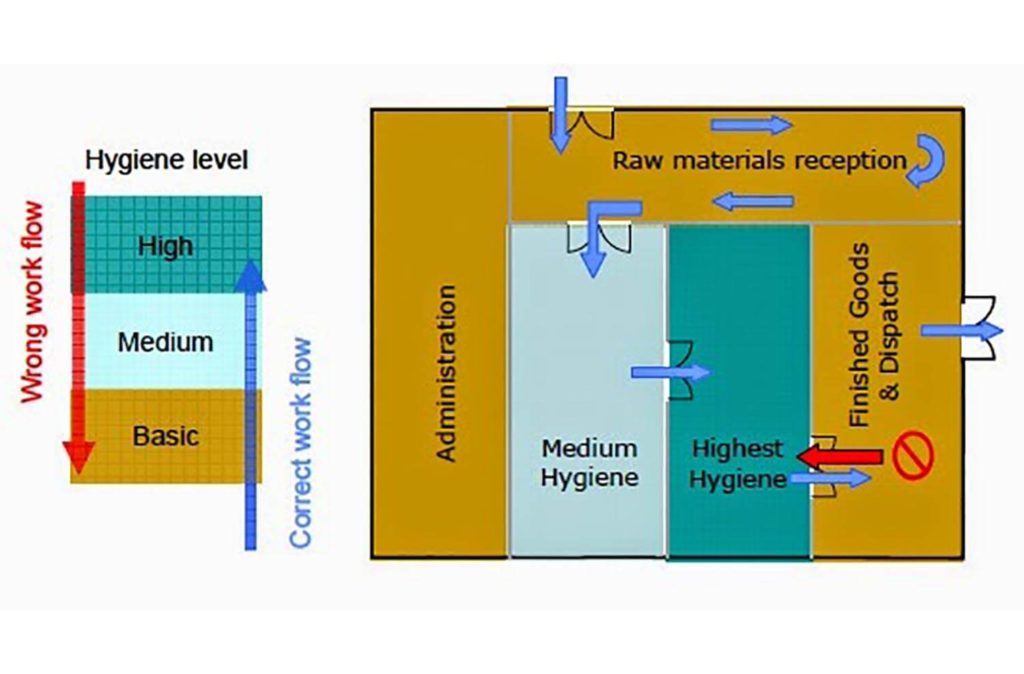 The size of the high hygiene area must be limited and as small as it could be. It is to reduce cost. It is due to the reason that its maintenance would be easy and less expensive, and chances of contact with microbes will be minimal.
The size of the high hygiene area must be limited and as small as it could be. It is to reduce cost. It is due to the reason that its maintenance would be easy and less expensive, and chances of contact with microbes will be minimal.
Maintaining hygiene throughout the process flow is mandatory to comply with the standards. Still, food factories must critically focus on the design of high hygiene zone as this area is the most critical of all, and any negligence can affect the quality of the food and health of consumer group.


